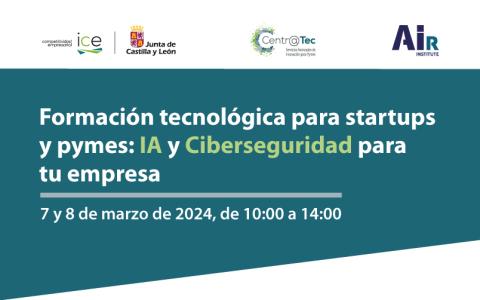Artificial intelligence, like cybersecurity, is becoming an increasingly mainstream technology in our daily lives. At a business level, such technologies enable us to manage our assets efficiently through AI and, at the same time, protect them from fraudulent practices through cybersecurity tools.
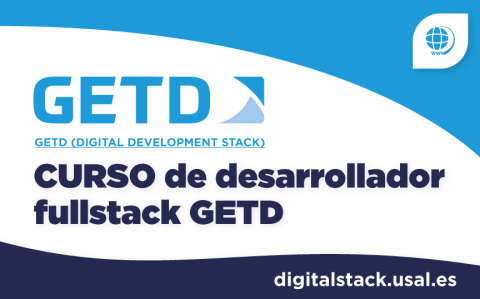
Los desarrolladores son uno de los perfiles más demandados en la actualidad, puesto que desempeñan funciones en distintas áreas tecnológicas que les permite el desarrollo y diseño de aplicaciones, webs y softwares.
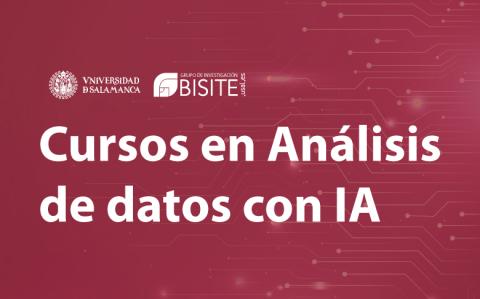
In today's digital era, data analysis has become an invaluable resource, and its potential becomes greater when combined with artificial intelligence (AI). This synergy has not only transformed the way we understand information, but has also opened new doors in a range of sectors.
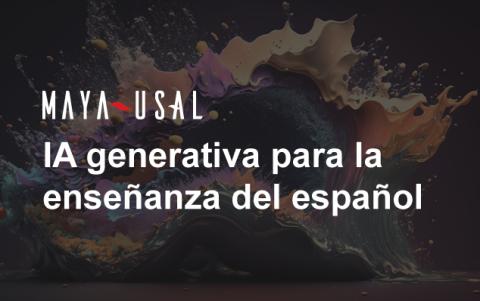
In the digital era, education is in constant transformation, and emerging technologies play a fundamental role in this educational revolution. A clear example of this revolution are the courses developed within the MAYA-USAL project, which aims to design and develop virtual tools to support an innovative environment for the exchange of linguistic services, supported by the use of artificial intelligence techniques and large language models.
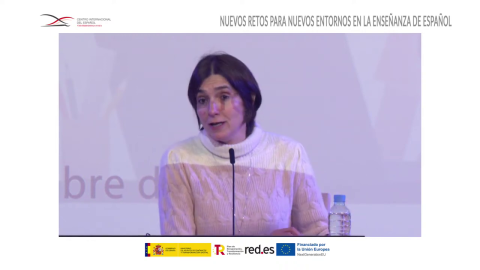
The International Spanish Centre (CIE) of the University of Salamanca hosted the conference "New challenges for new environments in the teaching of Spanish", as part of the Strategic Project (PERTE) of the New Language Economy.
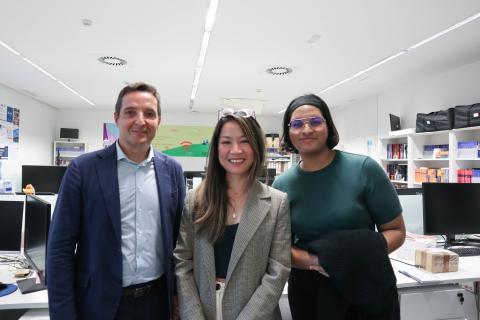
Last week we had the opportunity to welcome Liana Tang, Second Director of the Digital Strategy Office of the Ministry of Communications and Information (MCI) of Singapore, who attended the summit of young European and Asian leaders at the BISITE Research Group laboratories. During her visit we have been able to explore different possibilities of collaboration in education between Singapore and the University of Salamanca.
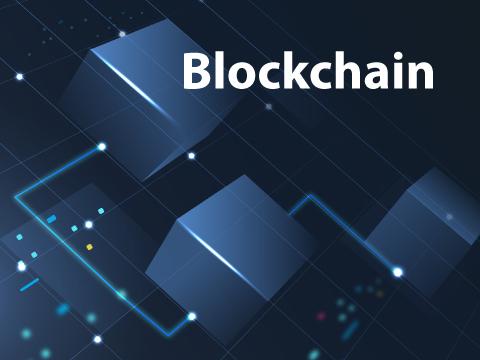
In a world driven by technological innovation, blockchain technology has positioned itself as one of the major disruptive forces of the digital age. Since its introduction along with cryptocurrency, this technology has evolved and spread its influence to various industries. In this article, we will explore, in simple terms, what blockchain technology is, how it is transforming industries, how it works, and why it is crucial to consider specializing in this technology.
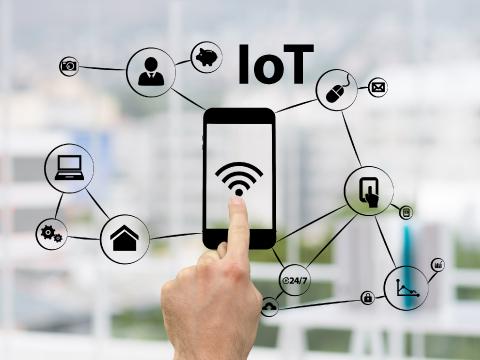
In the age of technology and interconnectedness, the concept of the Internet of Things (IoT) is rapidly gaining ground. From smart home devices to advanced industrial applications, the IoT is transforming the way we interact with our environment. In this article, we will explore how the Internet of Things is shaping our connected world and what the implications of this phenomenon are today.
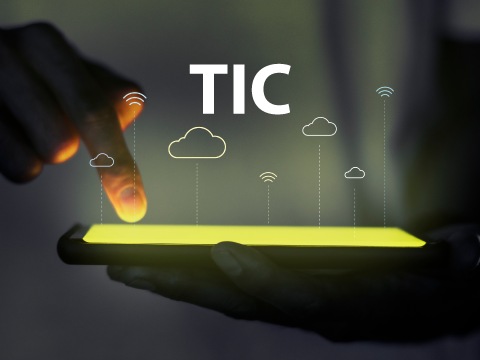
In a world in constant evolution, technology has become a fundamental component in education. The University of Salamanca offers a unique opportunity to educators and teaching professionals: the Master in ICT Resources in the Teaching-Learning Process.
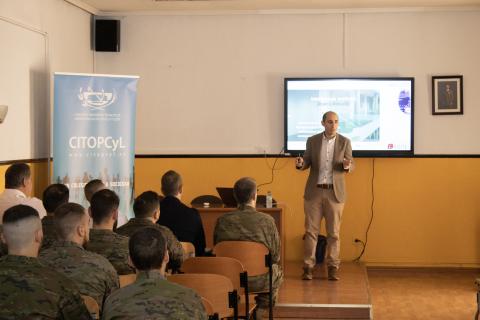
Our colleague Fernando de la Prieta gave a lecture under the title "Origin and Evolution of Artificial Intelligence. Applications in Smart Cities", at the Artificial Intelligence and Civil Engineering Conference organised by the Association of Technical Engineers of Public Works at the facilities of the General Arroquia Barracks in Salamanca.
